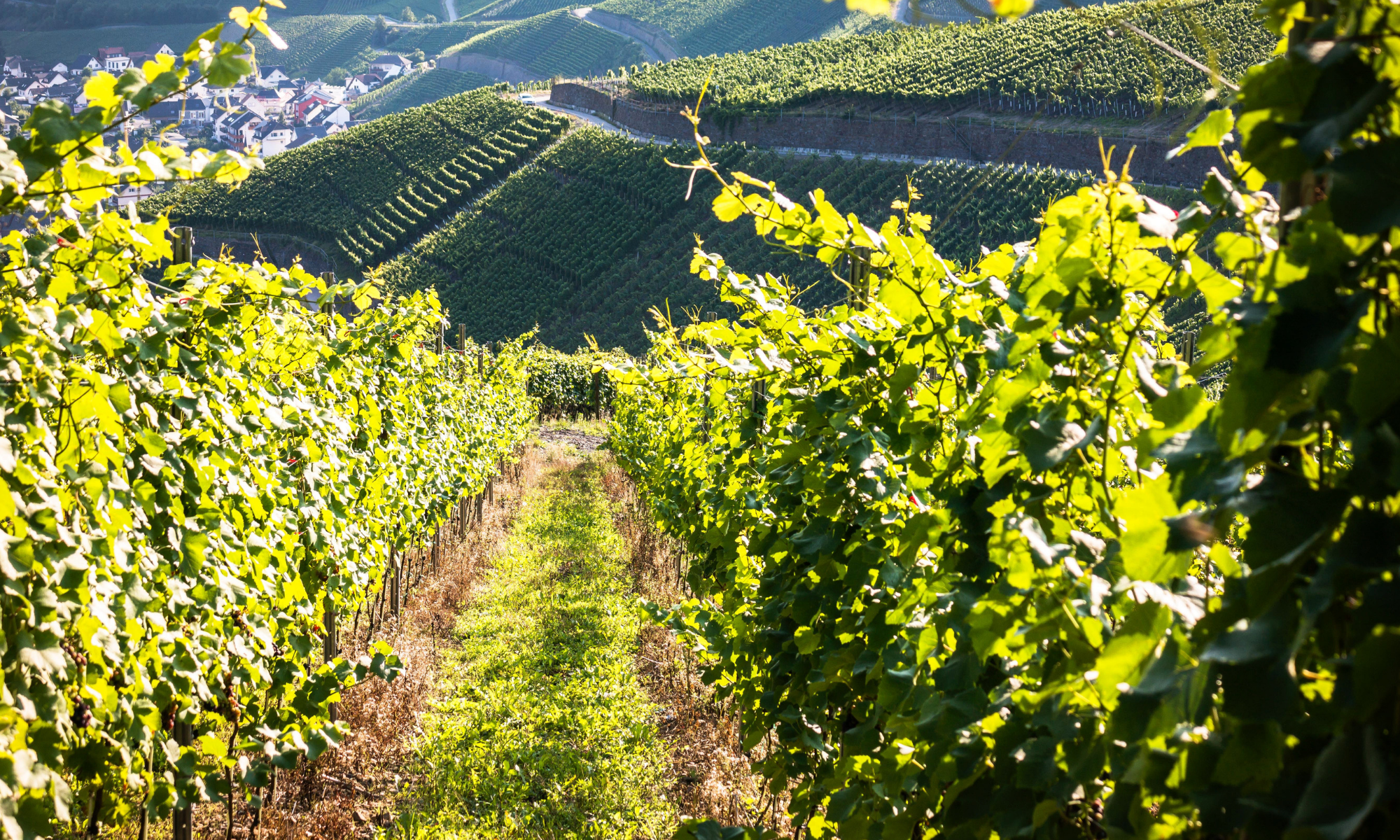Someone must have squirreled away Rodent Rascals: From Tiny to Tremendous — 21 Clever Creatures at Their Actual Size by Roxie Munro because it took a long time to get it at the library. The good news is it was worth the wait.

What are rodents? Munro lets the reader know right in the Introduction. Named for the Latin verb rodere = to gnaw, members of the order Rodentia are furry mammals that are defined by having a single pair of long incisors on their upper and lower jaws that continue to grow throughout their lifetimes.
The rest of the book goes on to explore rodent diversity. The author/illustrator features examples ranging from the tiny pygmy jerboa to the large dog-sized capybara, all of which are drawn with India inks and colored acrylic inks at life size. Accompanying each illustration is a detailed discussion of the history and biology of each kind of rodent. Although this looks like a picture book, the text is written at a high level and Rodent Rascals has been placed in the middle grade category for the Cybils contest.
Rodent Rascals is likely to enthrall children who already appreciate rodents and possibly entice a few more skeptical readers to join their ranks. Scurry on out and get a copy today!
For more details and added activity suggestions, see Growing with Science blog.

Copyright © 2018 Roberta Gibson All Rights Reserved.








